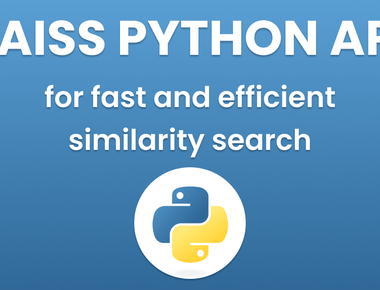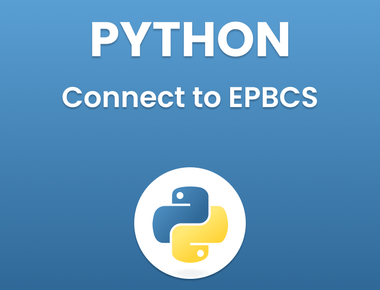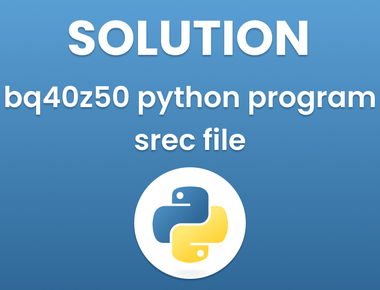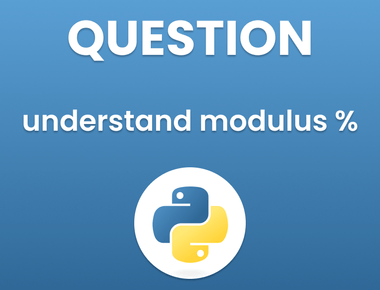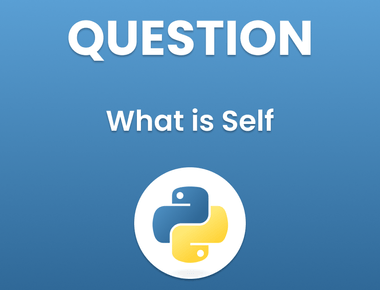Table Of Contents

Understanding Python __getitem__ Method
Python __getitem__, commonly referred to as a magic or dunder method, allows objects to be accessed using square brackets [ ]. This technique can be found in custom classes that represent objects using index-based access methods; we will explore what this method does and its significance within programming with Python in this article.
Purpose of Python __getitem__ (Get Item)
The primary goal of the __getitem__ method is to set how instances of a class should behave when accessed using square brackets and an index or key, supporting Python’s built-in data types such as lists, strings, dictionaries and others that use indexing protocols such as indexes.
Implementing the __getitem__ method, you can give instances of your custom class the appearance and behavior of sequences or collections, creating an easily understandable interface for users of your class.
Syntax for Python __getitem__ Method
In general, __getitem__ can be defined within a class using this syntax:
def __getitem__(self, key):# Define how the object should behave when accessed using key# Return the value associated with the key or index
- self: This is a reference to the instance of the class on which the method is called.
- key: The key parameter represents the index or key used for accessing the object.
Implementing __getitem__ Example
Let’s use an easy example to demonstrate the use of __getitem__ with a custom class representing a list-like object:
class CustomList:def __init__(self):self.data = []def __getitem__(self, index):return self.data[index]def __len__(self):return len(self.data)def append(self, value):self.data.append(value)# Creating an instance of CustomListmy_list = CustomList()# Appending values to the custom listmy_list.append(1)my_list.append(2)my_list.append(3)# Accessing elements using square bracketsprint(my_list[0]) # Output: 1print(my_list[1]) # Output: 2print(my_list[2]) # Output: 3# Using len() function with custom listprint(len(my_list)) # Output: 3
In this example:
- Whilst defining a CustomList class that uses the
__getitem__method to provide index-based access to its data attribute. - Furthermore, the
__len__method was implemented so instances of CustomList could uselen()function inlen()function with instances. - We create an instance of
CustomList, add values using square brackets, and access elements just like a regular list.
Here are the Use Cases of __getitem__():
The __getitem__ method can come in handy in numerous scenarios.
- Custom Data Structures: When creating custom data structures like linked lists or trees, using
__getitem__allows easy access to elements within these structures. - Database Access: When working with databases or APIs, use this method to fetch records using keys or indices.
- Custom Iterators: When designing custom iterators using iterators built from other elements such as lists or dictionaries as input sources.
- Emulate Built-in Types: Lastly, by implementing it and other similar magic methods you can emulate their behavior while simulating built-in Types as you mimic their behavior by mimicking existing types (e.g. lists or dictionaries) through the implementation of
__getitem__and similar magic methods.
Conclusion
Python __getitem__ method is a powerful tool used for customizing how objects of a class are accessed using square brackets. We can make our custom classes behave like built-in data types using this method, it also provides a seamless and intuitive experience to users of our code. Using python __getitem__ enhances the versatility of our Python classes and opens up possibilities for creating more expressive and user-friendly code.
Subscribe to our newsletter!
Related Posts
Quick Links
Legal Stuff
Social Media



